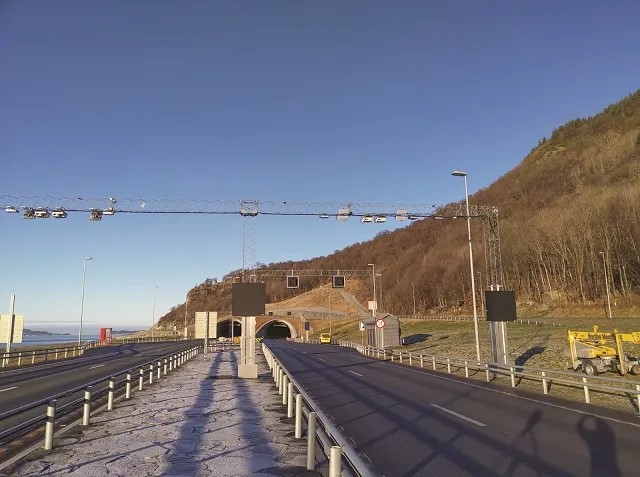For the upgrade, valued $67m (£47m), Kapsch will utilise radio-frequency identification (RFID) toll readers, automated number plate recognition (ANPR) cameras and scanners in the mixed-mode lanes. The company will also install its stereoscopic vehicle detection and classification sensor (nVDC) in the all-electronic toll lanes.
The nVDC is a 3D video-based sensor that aims to track and classify vehicles throughout the toll zone while triggering ANPR cameras. The system’s trip building feature groups individual vehicle transactions at toll points into sets of continuous trips, which correlates with transponder reads and plate numbers to produce a billable trip for a vehicle’s entire journey. Kapsch will also provide number plate image-review services and fully-formed transactions to the MDTA back office to help improve accuracy and audibility of the tolling system.
Kapsch to upgrade Maryland’s toll collection equipment
Kapsch TrafficCom will replace all of Maryland Transportation Authority’s (MDTA’s) roadside tolling equipment.
For the upgrade, valued $67m (£47m), Kapsch will utilise radio-frequency identification (RFID) toll readers, automated number plate recognition (ANPR) cameras and scanners in the mixed-mode lanes. The company will also install its stereoscopic vehicle detection and classification sensor (nVDC) in the all-electronic toll lanes.
April 24, 2018
Read time: 1 min









